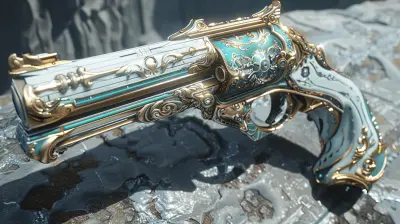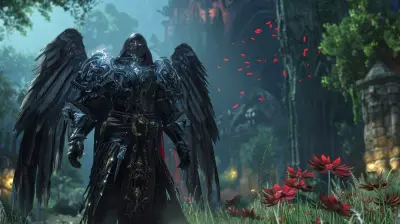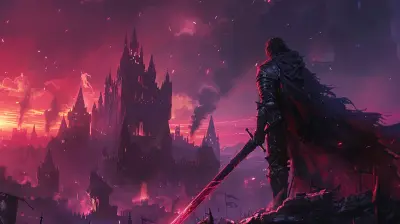Diving Deep into the Indie Metroidvania Revival
23 May 2025
The gaming world is a constantly evolving landscape, with trends that rise and fall like waves. But every once in a while, a particular genre makes a triumphant comeback, riding a surge of creativity and nostalgia. One such genre that’s been making some serious noise recently is the good old Metroidvania. If you’ve been gaming for even a little while, you’ve likely heard the term. And if you’re a fan of intricate maps, tight gameplay, and hidden treasures lurking behind locked doors, you’re probably as excited about its resurgence as I am.
In this article, we’re going to dive deep (like, submerged-in-a-sunken-temple kind of deep) into the indie Metroidvania revival. Where did this revival come from? Why are indie developers nailing it? And which games are worth your precious gaming hours? Let’s get into it.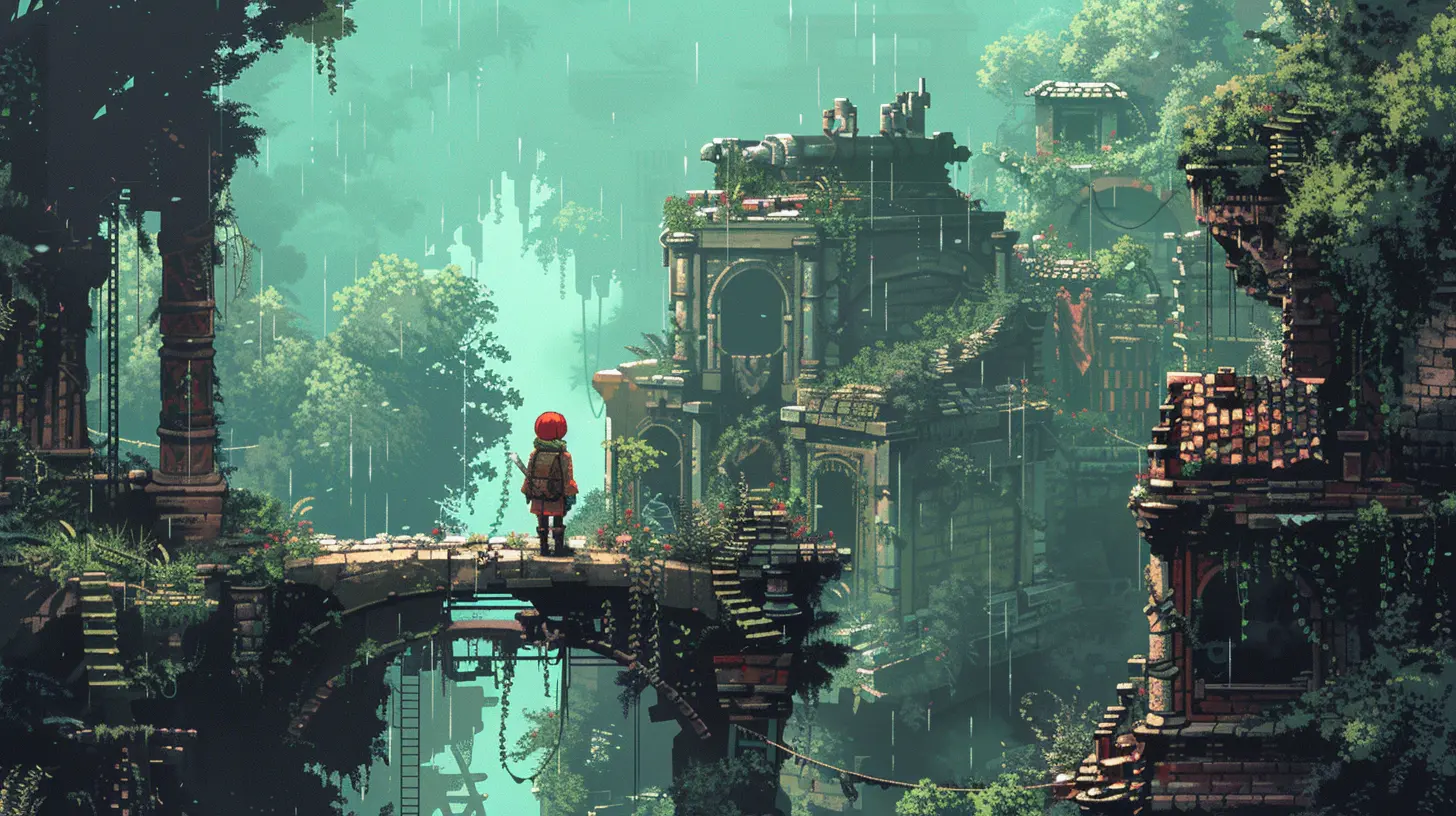
What Is a Metroidvania, Anyway?
If you’re new to the genre, let’s break it down. The term “Metroidvania” is a mash-up of Metroid and Castlevania, two iconic games from the late ’80s and early ’90s. These games set the standard for a specific type of gameplay loop: exploration-driven, non-linear, and packed with areas that are just out of reach until you snag the right power-up or ability.Imagine playing through a game where every locked door or unreachable ledge teases you with its mystery. That’s the heart of Metroidvanias—they reward curiosity and persistence. You start small, underpowered, and somewhat lost, but as you progress, the game opens up like a beautifully folded map, revealing secrets, shortcuts, and wildly satisfying moments of "Aha! Now I can get through that area I saw three hours ago!"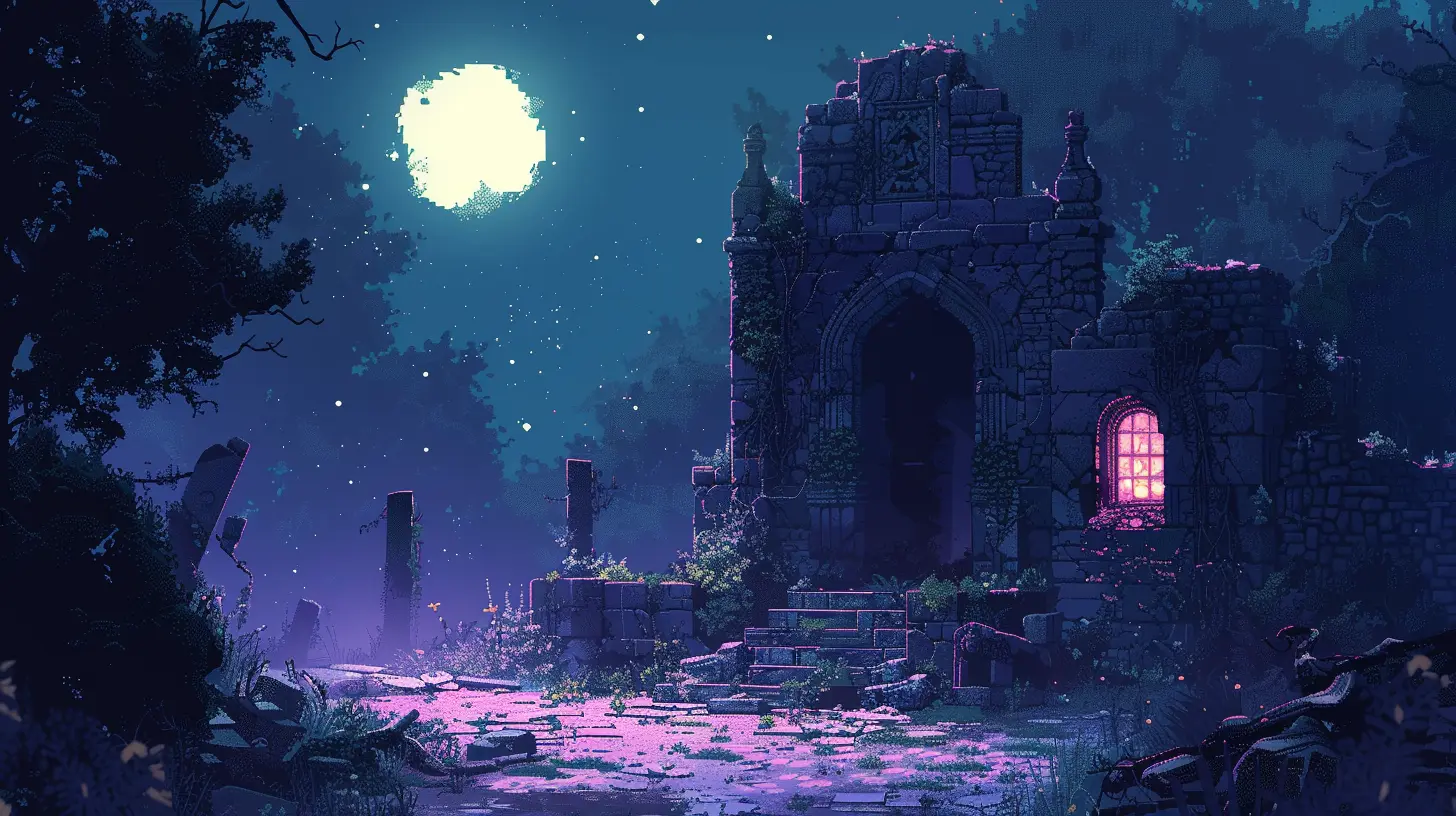
The Genre That Never Really Died
Here’s the thing: Metroidvanias didn’t exactly go anywhere. The roots of the genre have always been there, quietly influencing game design across the board. But for a while, the AAA gaming industry seemed to move on, favoring massive open-world experiences or linear action-adventure games. Metroidvanias became something of a relic—a genre loved by hardcore fans but overshadowed by newer trends.Then indie developers stepped into the limelight. These small teams, often driven by passion rather than giant marketing budgets, took it upon themselves to breathe new life into the genre. Why? Two simple reasons: nostalgia and innovation.
Why Indie Developers Are Nailing the Metroidvania Formula
Let’s be real—AAA studios often play it safe. When you’ve got millions of dollars riding on a project, you don’t take many risks. Indies? They thrive on risks. They experiment, they innovate, and they’re not afraid to revisit genres that big studios have written off as "niche." The Metroidvania revival is a perfect example of this.Indie developers get why we loved those old-school Metroidvanias. They understand what makes the genre tick—tight controls, meaningful exploration, and a sense of gradual empowerment. But they’re not just copying the formula; they’re adding their own spins to it. Whether it’s unique art styles, emotional storytelling, or modern gameplay mechanics, these developers are reimagining what a Metroidvania can be.
Oh, and let’s not forget the magic of crowdfunding. Platforms like Kickstarter have given indie devs the means to create the games they’ve always dreamed of, and for us players, it’s like getting front-row seats to their creative process.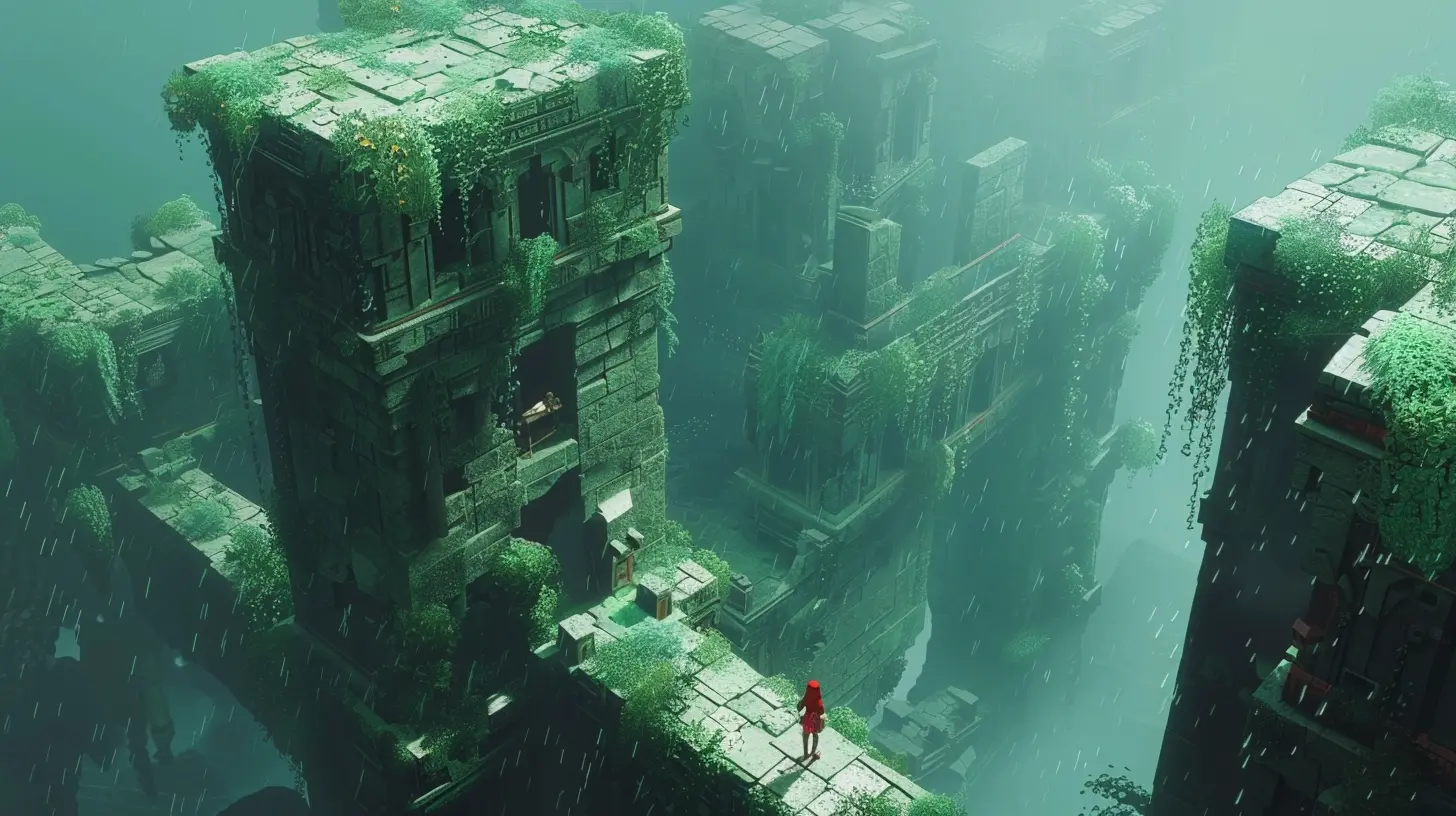
The Defining Features of Modern Indie Metroidvanias
So, what’s different about modern Metroidvanias compared to their classic counterparts? Quite a bit, actually. Here are the standout features that make today’s indie Metroidvanias worth your time:1. Gorgeous and Diverse Art Styles
Back in the day, 8-bit and 16-bit graphics were the norm, and while they’ve got their charm, modern Metroidvanias often take things to a whole new level. Think hand-drawn animations (Hollow Knight, anyone?), pixel art with insane attention to detail, or even 3D environments rendered in breathtaking ways.2. Storytelling That Hits You Right in the Feels
Old-school Metroidvanias weren’t exactly known for their deep narratives—most of the time, the story was minimal and served as a backdrop for the action. Today’s indie games? They’ve got stories brimming with emotion, mystery, and meaning. Games like Ori and the Blind Forest weave heartfelt tales that stick with you long after the credits roll.3. Innovative Mechanics
Sure, you’ve got your classic "unlock double jump to reach higher areas" mechanic, but indie devs are getting creative. For example, in Axiom Verge, you wield a glitch gun that lets you interact with the game world in unexpected ways. And Dead Cells combines Metroidvania exploration with roguelike randomness to create something entirely fresh.4. Unforgettable Soundtracks
Music is a huge part of the Metroidvania experience. Whether it’s haunting melodies echoing through cavernous dungeons or adrenaline-pumping battle themes, the soundtracks of modern indie Metroidvanias are pure audio gold. Look no further than Hollow Knight's ethereal score or Ori and the Will of the Wisps' emotionally charged compositions.Must-Play Indie Metroidvanias
Let’s cut to the chase. If you’re ready to dive into this golden age of indie Metroidvanias, here are some absolute bangers you need to play:1. Hollow Knight
Arguably the poster child of the indie Metroidvania revival, Hollow Knight is a masterpiece of grim beauty. You’ll explore the sprawling, interconnected world of Hallownest, battling challenging foes and uncovering the secrets of a fallen kingdom. The game’s blend of exploration, combat, and mystery is top-notch.2. Ori and the Blind Forest
This one’s a tearjerker, folks. With its stunning visuals and emotionally charged narrative, Ori and the Blind Forest is as much a work of art as it is a game. The platforming is buttery smooth, and the world design is nothing short of magical.3. Axiom Verge
If you’re craving something with a sci-fi twist, Axiom Verge is the way to go. Created by a single developer, this game feels like a love letter to classic Metroid. But it also pushes the envelope with its glitch-themed mechanics and surreal world design.4. Dead Cells
Combine the exploration of Metroidvanias with the unpredictability of roguelikes, and you’ve got Dead Cells. Its fast-paced combat, tight controls, and procedurally generated levels make it highly addictive—and super replayable.5. Blasphemous
For those who love dark, gothic aesthetics, Blasphemous delivers in spades. This brutal Metroidvania combines punishing combat, gorgeous pixel art, and a deeply unsettling world inspired by Spanish religious iconography.Why the Indie Metroidvania Revival Matters
So, why is this revival such a big deal? For one, it proves that gamers still crave meaningful, well-crafted experiences—games that respect our intelligence and reward our curiosity. It also highlights the power of indie developers to shape the industry. These small teams, often working with limited resources, are creating games that rival (and sometimes surpass) big-budget titles. It’s a testament to what can happen when passion meets talent.Most importantly, the resurgence of Metroidvanias is a reminder that gaming is an art form. These games aren’t just about mechanics or visuals; they’re about feelings—about the thrill of discovery, the satisfaction of overcoming challenges, and the awe of stepping into a beautifully crafted world.
The Future of Metroidvanias
As the indie scene continues to grow, the future of Metroidvanias looks incredibly bright. With new developers entering the fray and pushing the boundaries of what the genre can do, it’s safe to say we’ve only scratched the surface. Who knows what mind-blowing innovations we’ll see in the next wave of indie titles? One thing’s for sure: us players are in for a treat.all images in this post were generated using AI tools
Category:
Indie GamesAuthor:

Luke Baker
Discussion
rate this article
3 comments
Amber McWilliams
What a fantastic read! The resurgence of indie Metroidvanias is so inspiring, highlighting creativity and passion in game development. I love how each title brings something unique to the table. Can't wait to dive into these hidden gems! Keep up the great work!
June 9, 2025 at 3:55 AM

Luke Baker
Thank you so much! I'm glad you enjoyed the article and share the excitement for indie Metroidvanias. Happy gaming!
Kristina Sheppard
Love how indie devs are breathing new life into the Metroidvania genre! Excited to discover hidden gems and revisit classic vibes in fresh ways.
May 29, 2025 at 4:23 PM

Luke Baker
Thank you! The indie scene truly revitalizes the Metroidvania genre, blending nostalgia with innovative gameplay that keeps it exciting.
Zane McKibben
Exciting times ahead for indie fans! Can't wait to explore new worlds and secrets in this revival!
May 26, 2025 at 4:14 PM

Luke Baker
Thank you! The indie metroidvania revival truly offers thrilling adventures, and I can't wait to see what new worlds we get to explore together!

